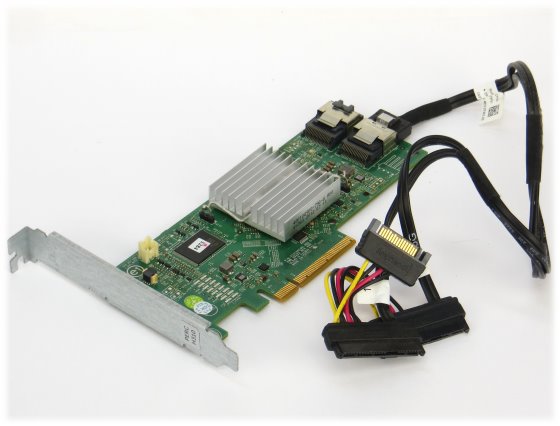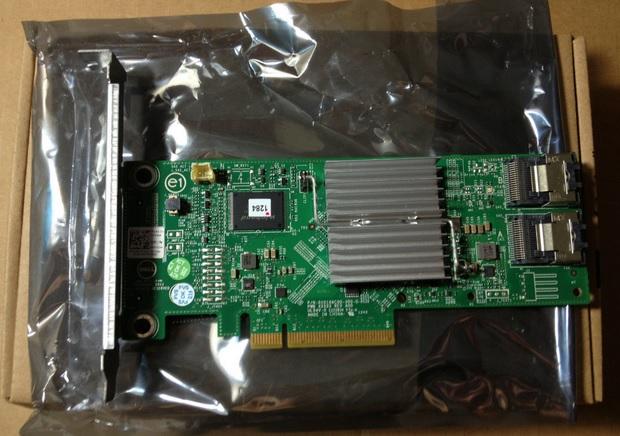
After the HBA is flashed this way, they are commonly referred to be working in “IT mode”. This will require us to “remove” the raid component on the HBA and the way to do it is to overwrite the original firmware on the HBA with suitable firmware.

To enable software like unRaid to reliably use the HBA, it is important that the HBA “presents” the drives in a “transparent (pass through mode)” manner. I have used Xpenology and unRaid in the past but decided that I am going to stick with unRaid for this new NAS box I am building. OS such as FreeNAS, Nas4Free, Xpenology, unRaid, etc are all capable of handling software raid reliably. We have our operating system taking care of all the disk redundancies.

These days we don’t really need (or want) a raid controller. Many of these HBA cards also happen to double as a raid controller. And if the card fails, replacement will not cost an arm or a leg and it is practically achievable to keep spare HBAs around for the just in case moment. And if you need to connect more drives, by all means add additional HBA cards (assuming that the motherboard has sufficient PCI-E lanes to handle all the bus traffic). Most of these HBA cards allow you to connect up to 8 drives. Take for instance the IBM M1015, one of the most well loved HBA card this typically is selling for USD50 on ebay (less if you find a good deal from time to time). These days you can get an almost new (if not brand new) HBA card at a fraction of what it would cost a server grade/gamer grade motherboard. In the context of storage drives, HBAs are essentially an interface card which allows you to connect multiple external devices such as SATA drives to the computer’s PCI-E bus. One of the best option is to use a “Host Bus Adapter”, aka HBA. This will set your wallet back just as much.įortunately there are other options around.

One could also buy the latest gaming motherboard such as the Asus Z270 Taichi which sport 10 x SATA 3 connectors. Sure, one can buy a server grade motherboard such as the Supermicro X10SL7-F which can take in an insane 14 x drives in one go, but at Aud $278 + Aud $38.95 shipping, the cost quickly escalated to Aud $314 which is not exactly a good budget solution to go with given that one will really need to import this motherboard from Newegg and the like. Following my desire to consolidate 3 of my NASes into one box, It becomes quickly apparent that physically cramming all the drives into one box is less of a problem than actually finding a budget motherboard hardware setup that is capable of controlling all the drives.


 0 kommentar(er)
0 kommentar(er)
